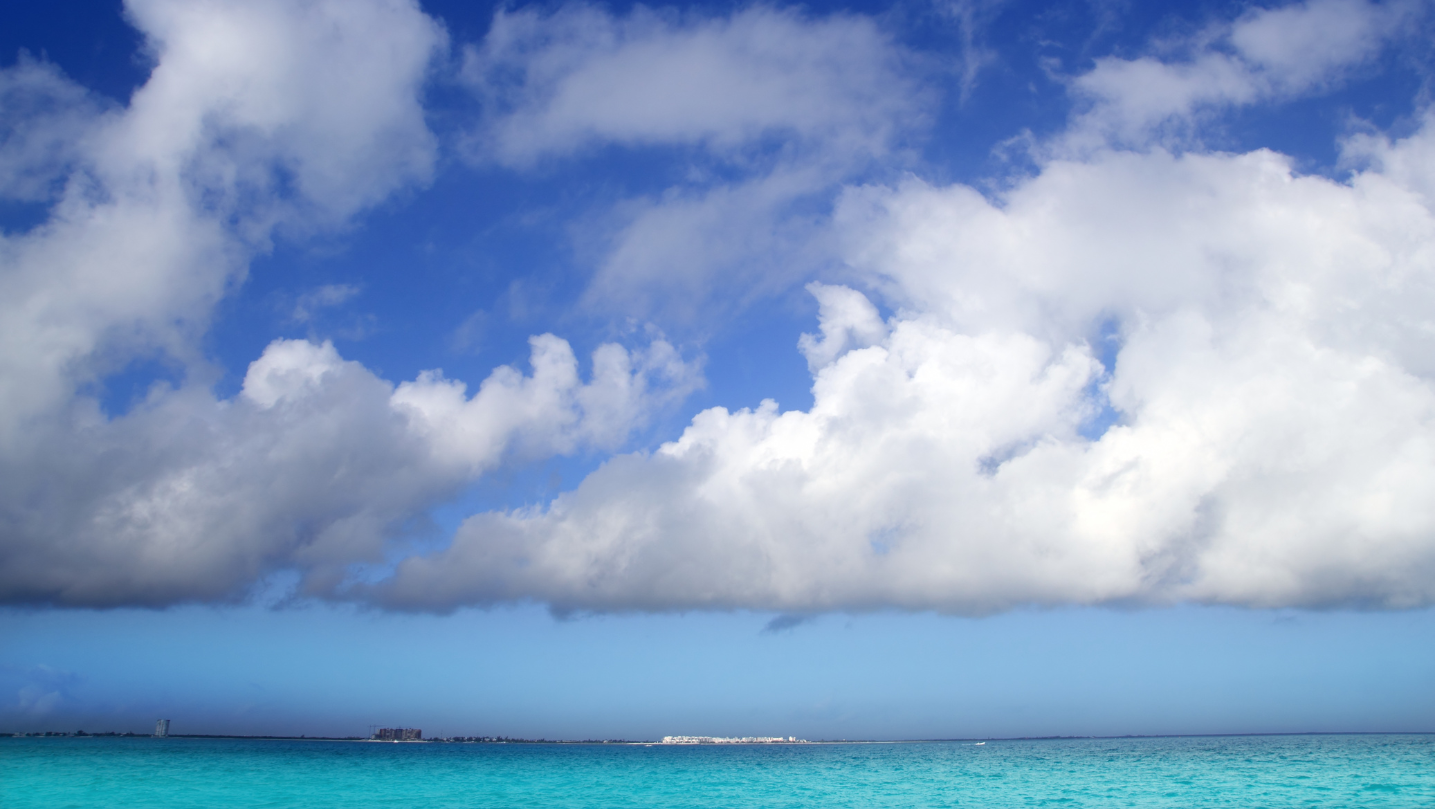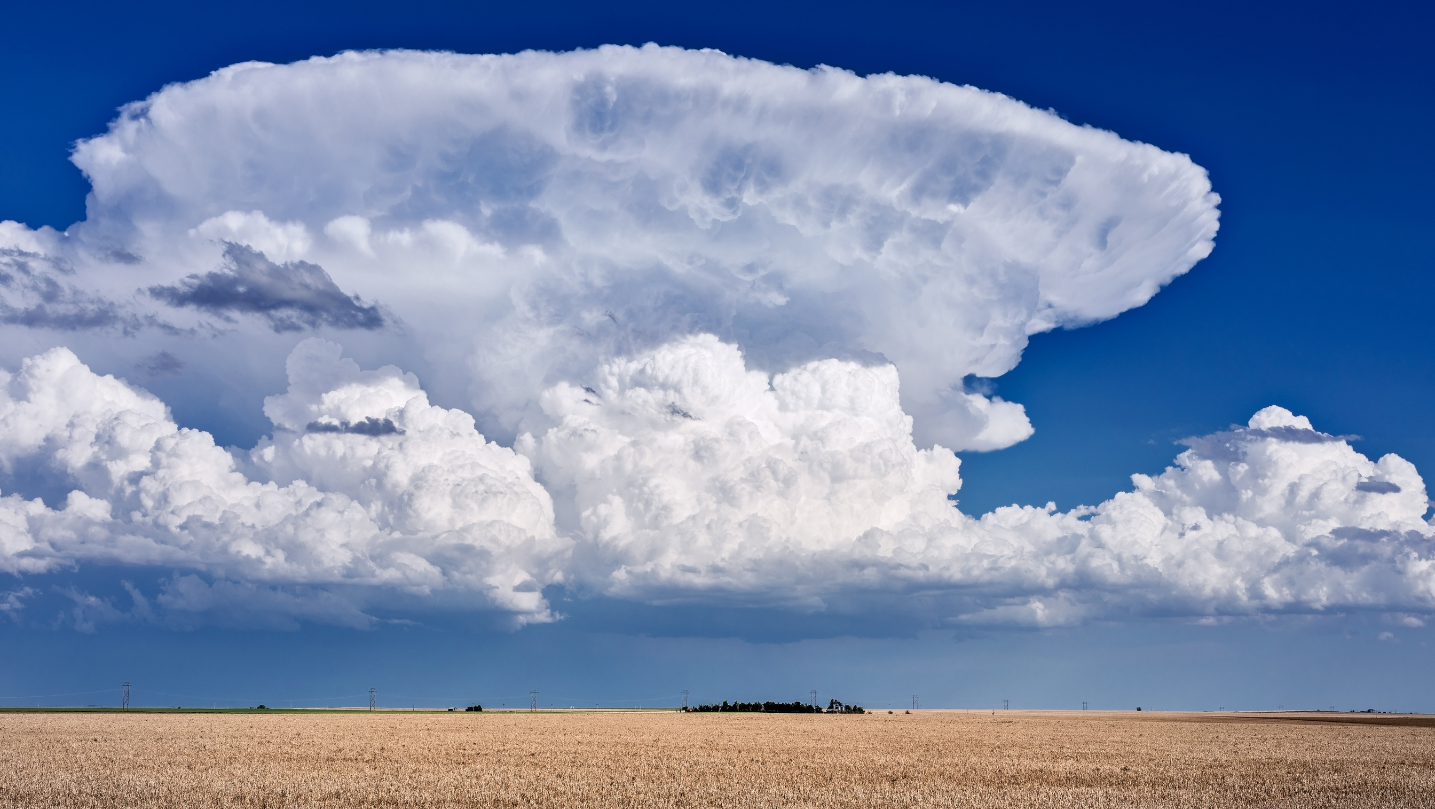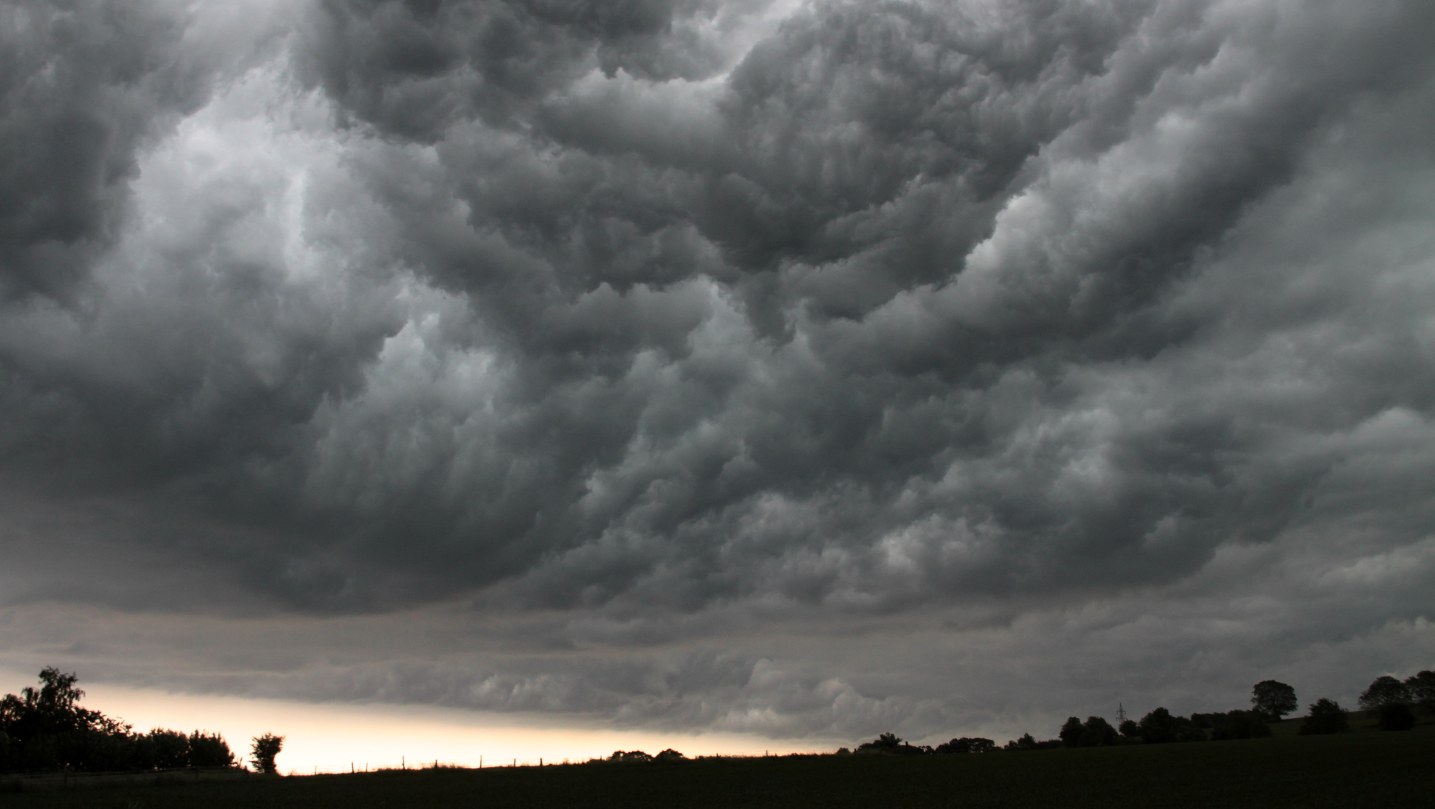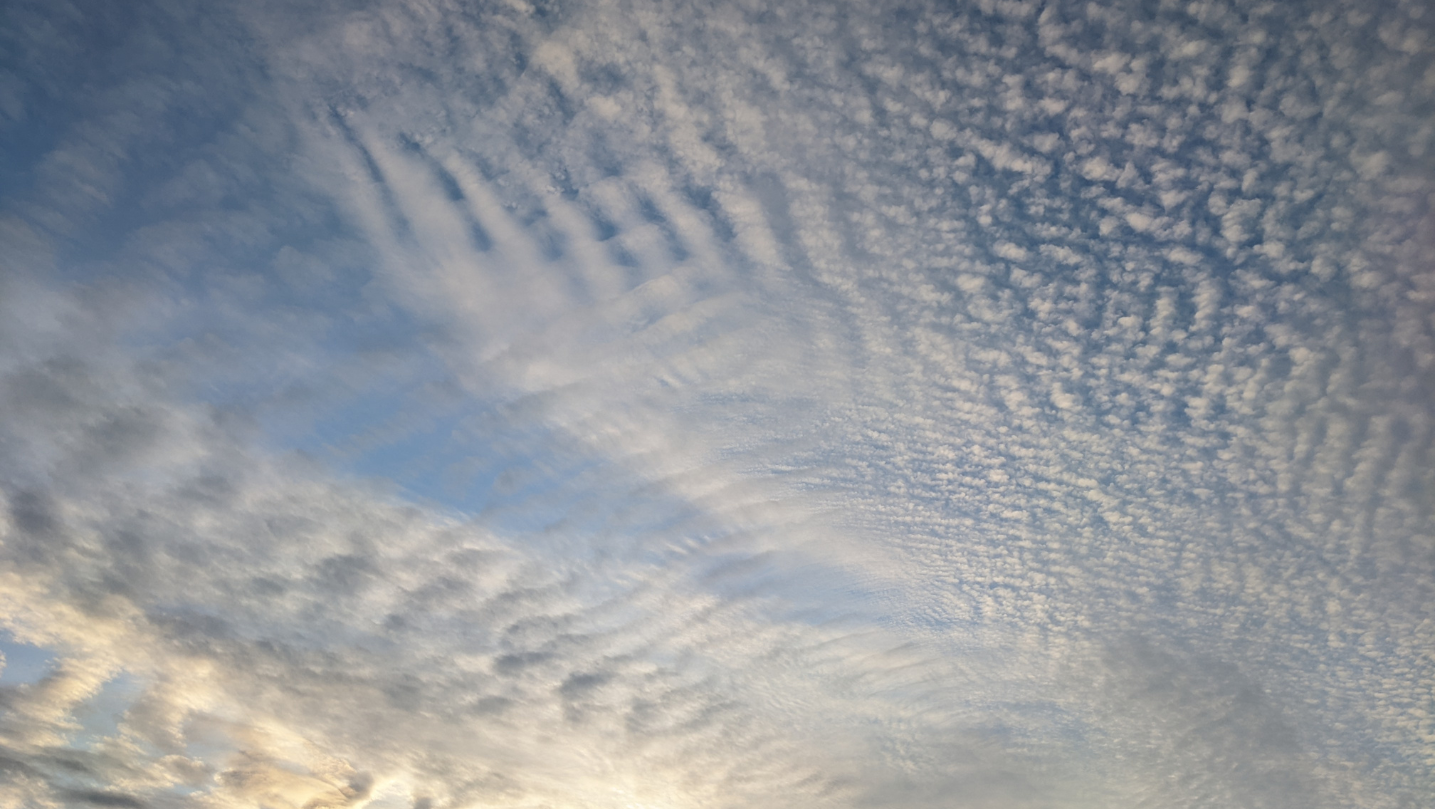- Sailing boat
- 2023
- 41 ft
Jeanneau Sun Odyssey 410
Kalamaki, Athens
- 8 berths
- 3 cabins
- 2 WC
If you've ever gazed upon the ever-shifting tapestry of the sky and wondered if it could reveal its secrets to you, then set your course for enlightenment, for we are about to unravel the mysterious art of cloud reading while sailing. Prepare to harness the power of cumulus clairvoyance and stratocumulus soothsaying as we delve into this whimsical world where meteorology meets seafaring.
Imagine setting sail on a serene expanse of water, the gentle lapping of waves against the hull, and the distant horizon calling out to your adventurous spirit. As a sailor, understanding the language of the skies can be a powerful tool, helping you navigate, anticipate weather changes, and enhance your overall sailing experience. Clouds, those ephemeral brushstrokes on the celestial canvas, can unveil a wealth of information to those who know how to read them. Let's embark on a journey to uncover the art of cloud reading while sailing.
.
.
Clouds come in a remarkable variety of shapes, sizes, and colors, each conveying distinct messages about the atmospheric conditions. These are the primary cloud types you can encounter:
.

These high-altitude clouds appear wispy and delicate. Composed of ice crystals, they often indicate fair weather, especially if they are thin and scattered. However, if cirrus clouds begin to thicken and cover the sky, it might suggest an approaching warm front and a change in weather within the next day or so.
.

These fluffy, white clouds resemble cotton balls and typically signify fair weather. When cumulus clouds are small and isolated, they indicate a stable atmosphere. However, if they start to grow vertically, building upwards like a cauliflower, they can evolve into cumulonimbus clouds, which bring thunderstorms and potentially heavy rainfall.
.

Towering clouds with a flat, anvil-shaped top. Cumulonimbus clouds are thunderstorm clouds and can bring intense weather phenomena, including lightning, heavy rain, hail, and strong winds. They can develop suddenly and may indicate a sudden change in weather conditions.
.

Low, gray clouds that blanket the sky like a uniform layer. Stratus clouds often indicate overcast weather, drizzle, or light rain. They are commonly associated with stable atmospheric conditions and may persist for an extended period.
.

These dark, thick clouds bring continuous, steady precipitation in the form of rain or snow. They often cover the entire sky and can lead to prolonged periods of wet weather.
.

Mid-level clouds that appear as white or gray patches with a textured appearance. Altocumulus clouds are often harmless and can create visually appealing patterns in the sky. However, if they begin to thicken and darken, they might foretell the approach of a weather front.
.

These gray or bluish-gray clouds cover the sky like a veil and often precede a frontal system. They can lead to steady precipitation, such as rain or snow, especially when they become thicker and denser.
.

Low-lying clouds with a lumpy, uneven appearance. They are usually harmless and might bring only minor weather changes, such as a brief period of light rain or drizzle.
.

Thin, whitish clouds that often cover the sky in a hazy veil. These clouds can create halos around the sun or moon. Cirrostratus clouds are associated with approaching warm fronts and might herald a change in weather within a day or two.
.

Small, white patches of clouds that appear at high altitudes. They often have a "fish scale" appearance and indicate fair weather. However, if they become more widespread, they could be an early sign of an approaching weather system.
.
.
1. Educate Yourself: Before setting sail, familiarize yourself with cloud types, formations, and their associated weather patterns. There are many resources available, including books and online guides, that can help you become a skilled cloud reader.
2. Continuous Observation: While sailing, make it a habit to scan the sky regularly. Clouds are dynamic, and their changes over time can offer valuable insights into the evolving weather conditions.
3. Local Knowledge: Different regions have their own unique cloud behaviors. Engage with local sailors, listen to their stories, and learn from their experiences about how clouds predict weather patterns in that specific area.
4. Combine Clues: Clouds rarely tell the whole story on their own. Combine cloud observations with other indicators such as wind direction, barometric pressure, and sea state for a comprehensive understanding of the weather.
5. Safety First: While cloud reading is a skill that can enhance your sailing experience, always prioritize safety. If you spot ominous clouds or uncertain weather patterns, consider altering your course or seeking shelter as needed.
.
In the world of sailing, where the elements reign supreme, cloud reading is an invaluable skill that connects you to the very fabric of nature. As you set your course across open waters, remember that the clouds above are more than just a spectacle; they are your companions, storytellers, and guides through the ever-changing theater of the skies.